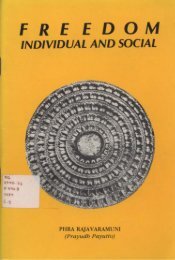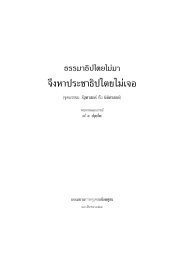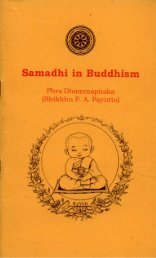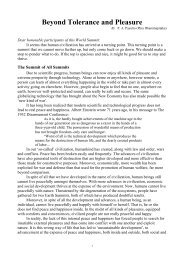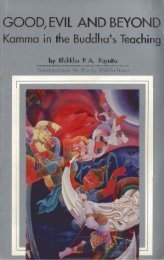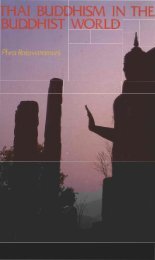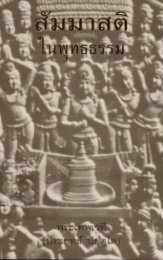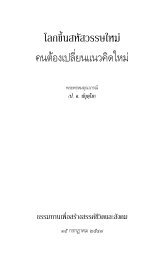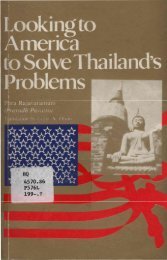The Iconography of Nepalese Buddhism
You also want an ePaper? Increase the reach of your titles
YUMPU automatically turns print PDFs into web optimized ePapers that Google loves.
tra is very efficacious in purifying our defilements through<br />
confession practice. It is said if confession is done with the<br />
four opponent powers, then non-virtuous actions or obscurations<br />
will be purified. e first opponent power is the force<br />
<strong>of</strong> reliance. is means looking upon the visualized image <strong>of</strong><br />
Vajrasattva as the embodiment <strong>of</strong> one’s refuge. e second opponent<br />
power is the sincere regret for the non-virtuous action<br />
done by oneself. e third opponent power is desisting from<br />
evil deeds. e fourth opponent power is to apply power <strong>of</strong><br />
good deeds; and specially regarding this case, practicing the<br />
meditation and recitation <strong>of</strong> Vajrasattva without parting from<br />
Bodhicitta while remaining in the state <strong>of</strong> emptiness. Vajrasattva<br />
is a very popular tutelary deity for <strong>Nepalese</strong> Vajracaryas.<br />
He is worshipped very <strong>of</strong>ten by <strong>Nepalese</strong> Buddhists through<br />
Gurumandala ritual.<br />
3.3 Vairocana Buddha<br />
He is one <strong>of</strong> the five Tathagatas symbolizing all pervasive wisdom<br />
(skt. uvisuddha dharma dhatu jnana) i.e. knowledge<br />
free from all kinds <strong>of</strong> obscuration. He is placed generally in<br />
the sanctum <strong>of</strong> the stupa. Sometimes he is placed between<br />
Akshobhya and Ratna Sambhava in the stupa. He resides always<br />
in the Akanistha heaven.<br />
He is white in color and his hands are held against his<br />
chest with the tips <strong>of</strong> thumb and forefinger <strong>of</strong> each hand<br />
49



